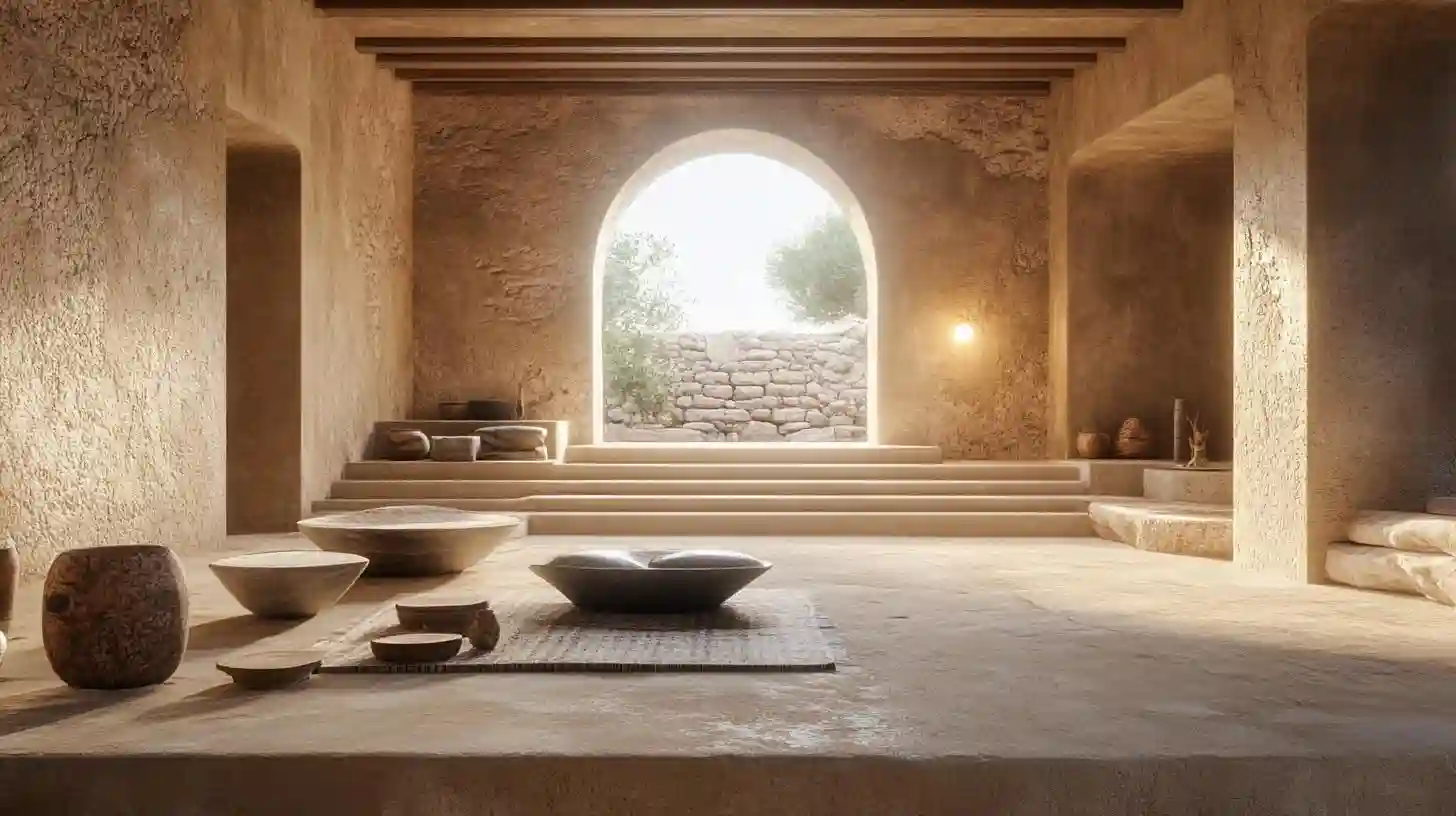
When discussing the evolution of interior design, one might assume that its roots lie in the modern era, influenced predominantly by contemporary aesthetics and technology. However, a closer examination reveals that the principles and practices of interior design trace back to ancient civilizations, where human beings first attempted to merge functionality with beauty in their living spaces. The origins of interior design can be found in the earliest forms of shelter, where the materials available dictated the form and function of the environment. In prehistoric times, early humans utilized natural materials such as wood, stone, and animal hides to craft spaces that provided protection from the elements. The simplicity of these early structures laid the groundwork for the more complex designs that would follow.
As societies evolved, so too did the concept of living spaces. The ancient Egyptians offer a remarkable example of how interior design developed alongside culture and social hierarchy. Their homes were adorned with intricate carvings and colorful frescoes that portrayed daily life and deities, serving both decorative and spiritual purposes. Furniture was crafted from wood and metal, and textiles such as linen were used to enhance the aesthetics of a space. The arrangement of rooms was often dictated by the needs of the family and their social standing, with wealthier individuals enjoying larger and more elaborately decorated homes. This early form of spatial organization can be seen as one of the first instances of curated interior design, reflecting personal tastes and societal values.
The Greeks and Romans further advanced the practice of interior design. The Greeks emphasized the importance of balance, proportion, and symmetry, principles that were applied not only in the architecture of their homes but also in the interior spaces. Decorative elements such as sculptures, pottery, and frescoes were integral to their interiors, reflecting the value placed on artistic expression. Romans, on the other hand, brought a sense of grandeur to interior spaces. Wealthy Romans were known for their opulent villas featuring atriums, elaborate mosaics, and imported marbles, showcasing a fusion of functionality and luxury. The use of color, texture, and intricate designs set a precedent for future interior design trends that continued to evolve through the ages.
As time progressed, the Middle Ages introduced a different approach to interior spaces, influenced by cultural and religious factors. Castles and abbeys were characterized by their austere yet functional designs, often featuring thick walls and minimal ornamentation. However, the use of tapestries and elaborate wooden carvings began to emerge, transforming these utilitarian spaces into visually rich interiors that provided comfort and warmth. The Renaissance period sparked a revival of classical ideals, leading to a renewed emphasis on beauty and artistic excellence. Homes during this time were transformed into showcases of art and sculpture, with interiors reflecting the knowledge and sophistication of their owners.
The ensuing Baroque and Rococo periods witnessed an exuberance in interior design, featuring lavish decorations, ornate furniture, and intricate details. These styles were marked by a desire to impress and convey wealth, utilizing a mix of materials and dramatic color schemes. The concept of interior design became more pronounced, with designers and artisans working together to create harmonious spaces that catered to the social elite. This collaborative approach to design navigated the relationship between art and architecture, establishing the groundwork for future movements.
The Industrial Revolution brought about significant changes in the field of interior design. Advances in manufacturing processes led to the mass production of furniture and decorative items, making stylish interiors more accessible to the burgeoning middle class. The Arts and Crafts Movement emerged as a response to industrialization, emphasizing handcrafted elements and the importance of individual creativity. This era saw the blending of form and function, with designs that reflected personal expression and a return to natural materials.
As modernity set in, the twentieth century witnessed a series of impactful trends that revolutionized the concept of interior design. Movements such as Art Deco, Mid-Century Modern, and Minimalism each offered unique perspectives on how spaces could be utilized. The rise of professional interior designers marked a transition towards a formalized approach in curating living environments, leading to an emphasis on creating cohesive aesthetic experiences.
The exploration of interior design history reveals an enduring dialogue between culture, functionality, and artistry. Every era has contributed to the rich tapestry of design principles, influencing how we shape our spaces today. By looking back, one can appreciate the intricate layers of human experience and creativity that continue to inform the design practices of the present. The ancient may seem distant, yet the essence of those early endeavors continues to resonate, reminding us that the spaces we inhabit reflect not only our needs but also our shared history and aspirations.